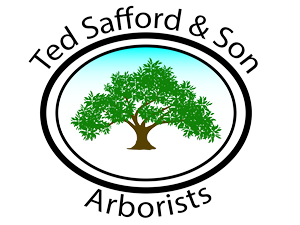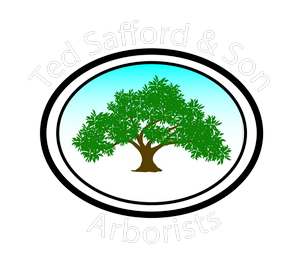How to Know When It’s Time for Tree Removal: Warning Signs Every Homeowner Should Spot
How to Know When It’s Time for Tree Removal: Warning Signs Every Homeowner Should Spot
Here's a guide to understanding when it might be time for tree removal.

Trees are essential to your landscape, offering beauty, shade, and oxygen. However, like any living organism, trees can experience health issues that may risk your property and safety. If you’re unsure whether a tree on your property is healthy, spotting warning signs early can help you make informed decisions about its care or removal. Here’s a guide to understanding when it might be time for tree removal.
Unexplained Leaning or Tilting Trees
One of the first signs that a tree may be in trouble is noticeable leaning or tilting. Seeing your tree suddenly leaning in one direction could signify root failure or damage. While trees may lean slightly as they grow, a significant lean often signals that the tree is unstable. In many cases, the roots can no longer support the tree’s weight, especially after severe weather or ground shifts. If you notice that the tree is leaning significantly, it’s essential to have a professional arborist evaluate its structural integrity. Depending on the severity, removing the tree might be the best option to prevent a potential hazard.
Dead or Dying Branches
Another key warning sign of a tree that needs attention is the presence of dead or dying branches. Trees naturally shed a few branches over time, but large or numerous dead branches can indicate a deeper issue. If you spot branches that are brittle, discolored, or no longer producing leaves, it’s time to assess the tree’s overall health. Dead branches not only look unsightly, but they can also fall, causing damage to property or posing a risk to those nearby. If you notice multiple dead or dying branches, the tree may need to be removed, especially if the widespread damage impacts its overall health.
Cracks, Cavities, and Holes in the Trunk
Inspecting the trunk of your tree is an essential part of understanding its health. Cracks, cavities, and holes in the trunk are red flags that shouldn’t be ignored. Over time, trees can develop structural damage from disease, pests, or natural wear. While some minor cracks may be harmless, large cavities or holes in the trunk can indicate that the tree is hollowing out. A hollowed-out trunk is much weaker, increasing the risk of the tree falling, especially during storms or heavy winds. If the trunk of your tree shows any signs of significant damage, it’s essential to seek an arborist’s professional opinion to determine whether removal is necessary.
Root Problems
The roots of a tree are its foundation, and if the roots are compromised, the tree’s stability is at risk. Visible signs of root damage include exposed roots, cracked sidewalks, or soil erosion around the tree’s base. Healthy roots help anchor the tree to the ground, so if you notice that the roots are damaged, decaying, or growing in an unusual direction, the tree may not be able to support its weight correctly. The tree could become unstable in these cases, leading to a higher likelihood of falling or collapsing. Regularly inspecting your tree’s root system can help you catch these problems early and prevent further damage to your property or surrounding plants.
The Tree Shows Signs of Disease or Pest Infestation
Trees are vulnerable to diseases and pests that can severely affect their health. It may be infected if your tree shows signs such as discolored leaves, wilting, or an unusual number of insects on the branches. Trees can also develop fungal growth on the bark or leaves, which can indicate disease. Pests such as termites, beetles, or carpenter ants can also be detrimental to the health of a tree. If the tree shows signs of severe pest infestation or infection, it could weaken its structure and make it unsafe. In some cases, removal is necessary to stop the disease or pests from spreading to nearby trees.
When to Take Action: Ensuring the Health and Safety of Your Trees
Caring for your trees is essential for maintaining a safe and attractive landscape. Recognizing the signs that a tree may need removal can help you avoid costly damage or injury later on. If you notice leaning, dead branches, cracks in the trunk, root issues, or signs of disease and pests, it’s time to call the professionals. At Ted Safford & Son Arborists, we’re here to help you assess the health of your trees and provide expert care.
Contact Us Today for Expert Tree Care
If you’re concerned about the health of your trees, don’t wait for the situation to worsen. Call Ted Safford & Son Arborists today at (858) 692-2294. Our certified arborists are here to assess your trees, diagnose any issues, and provide expert care that promotes long-term health and beauty.




